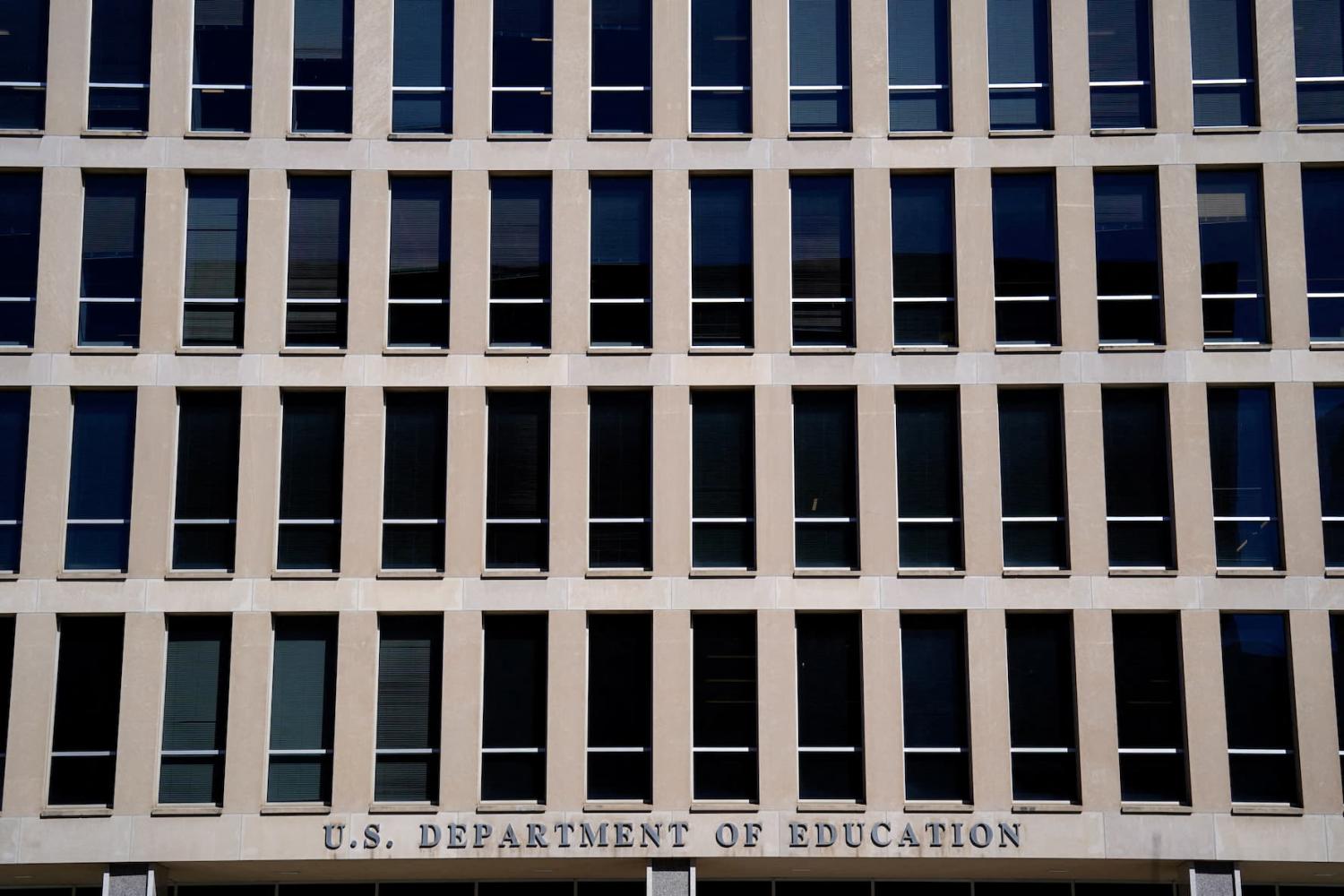As a country, we need to understand who goes to school, where, and what their experiences are. It’s hard to ensure that students have access to quality education without some basic information about our schools.
As noted by former Assistant Secretary of Education Chester Finn, collecting and reporting data is perhaps the federal government’s “oldest and most fundamental” role, dating back to President Andrew Johnson in the mid-19th century. President George W. Bush, when signing the Education Sciences Reform Act (ESRA) of 2002 into law, emphasized the potential to “strengthen the scientific basis for the Department of Education’s continuing efforts to help families, schools, and State and local governments with the education of America’s children.”
For these reasons, ESRA states that “Not later than June 1, 2003, and each June 1 thereafter, the Statistics Commissioner, shall submit to the President and the appropriate congressional committees a statistical report on the condition and progress of education in the United States” (20 U.S.C. 9545(b)).
We, in the education field, refer to this as the Condition of Education (COE). It is the authoritative source for national education statistics across K-12 and postsecondary education. The report generally aggregates data from the Digest of Education Statistics (Digest) for the preceding year into easy-to-understand figures and tables with substantial narrative description of trends in U.S. education. For decades, both the COE and the Digest have been used in government reports, policy briefs, and news articles. They are foundational to what Americans know about U.S. schools.
A slow trickle of data that’s far behind past years
The Department of Education (ED) missed the June 1 deadline for the COE this year. That’s probably not a surprise given the cuts to Institute of Education Sciences (IES) staff and the many canceled contracts that affected both the COE and Digest. Once the Hechinger Report published a story noting the missed deadline, ED shared a pared-down “Part 1” version of COE. This release included a very small number of statistical tables, unlike the lengthy volume ED typically produces.
I dug into the underlying Digest tables to see how far behind ED is at producing the nation’s key source of annual education statistics. I examined the approximate number of tables published by ED in the Digest by or near Congress’ June 1 deadline. For past years, this required using the Internet Archive to identify the number of tables that had appeared on or around June 1 of that year. I tracked both the overall number of tables and the number by topical focus (elementary and secondary education, postsecondary education, etc.).
As Figure 1 shows, there has been year-to-year variation in the number of education statistics produced in the Digest. Still, the most recent year is an extreme outlier. ED, on average, publishes almost 10 times as many tables of education statistics by June 1 as it has for the 2024 Digest (which is used to create the 2025 COE)—nearly 270 compared with this year’s 27. Even in prior presidential transition years, this scale of drop did not occur. Part of the reason that most work on the COE and Digest is handled by career staff at ED and federal contractors (generally determined years in advance) is to ensure that presidential transitions do not affect the collection of these important statistics.
The most recent year of tables appears to have no statistics on: private school education; teacher attitudes and mobility; school principals; college degrees conferred (at the state level); financial aid for undergraduate and postbaccalaureate students; and international comparisons of attainment, degrees, and outcomes. These are big, important topics, and we don’t have updated data that we should be able to access. And this is not an exhaustive list.
This extreme decline in education statistics for the 2024 Digest is reflected in the 2025 COE that was published on June 2, 2025 (after reporters noticed it was missing). ED now says the COE will be released on a rolling basis. Maybe we’ll see a surge in data reporting. It’s notable, however, that Congress already obligated over $6 million, and ED had already awarded contracts for this work to occur before they were canceled on February 10. Likely, IES is woefully behind on putting together the COE partly because of the firing of staff and cancelation of contracts.
This delay (or outright refusal) to compile a robust COE weakens our nation’s ability to accurately assess the current condition of education and the progress we have made. Policy actors such as the Congressional Research Service use Digest tables. Scholars leverage the COE to explain in policy briefs the effects of K-12 class-size reduction policies or whether an “enrollment cliff” actually looms for higher education. The press also uses this data to help the public understand issues like the rise in total cost of attendance at colleges and universities or challenges in the teacher labor market in the wake of the COVID-19 pandemic.
This should not be a partisan issue. The current COE leaves policymakers with little evidence to inform their decision-making. Congress believed this information was important enough to mandate its reporting every year, and we are all less informed when the Department of Education doesn’t fulfill this obligation.
The Brookings Institution is committed to quality, independence, and impact.
We are supported by a diverse array of funders. In line with our values and policies, each Brookings publication represents the sole views of its author(s).









